Choose Which Fishing Trip You Would Like To
Learn More About
Peacock Bass Focused Trips
There are 16 species of peacock bass, but these trips focus on catching the largest species, the Cichla, Temensis. Temensis are known as one of the greatest sportfish in freshwater fishing. Their bull dog fighting style, explosive topwater strikes, and beautiful coloration make a must experience for traveling anglers.
Rio Negro Explorer | Brazil
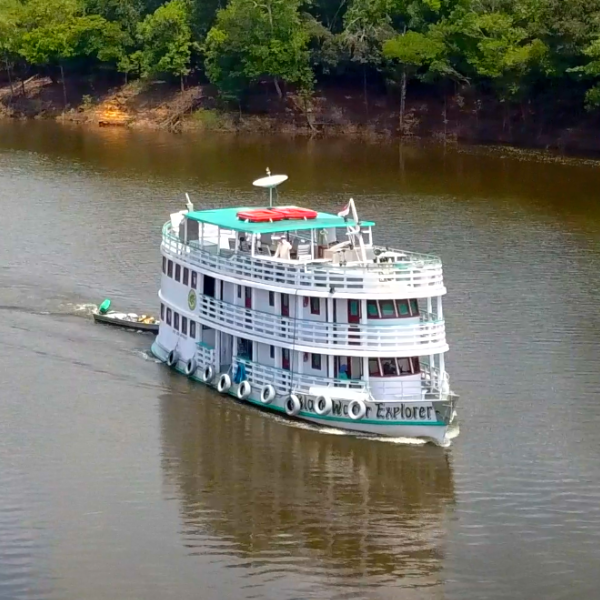
The most consistent fishing trip in the Amazon! This beautiful yacht roams the enormous Rio Negro basin from mid-October through March, concentrating on accessing productive waters.
Floating Bungalows | Brazil
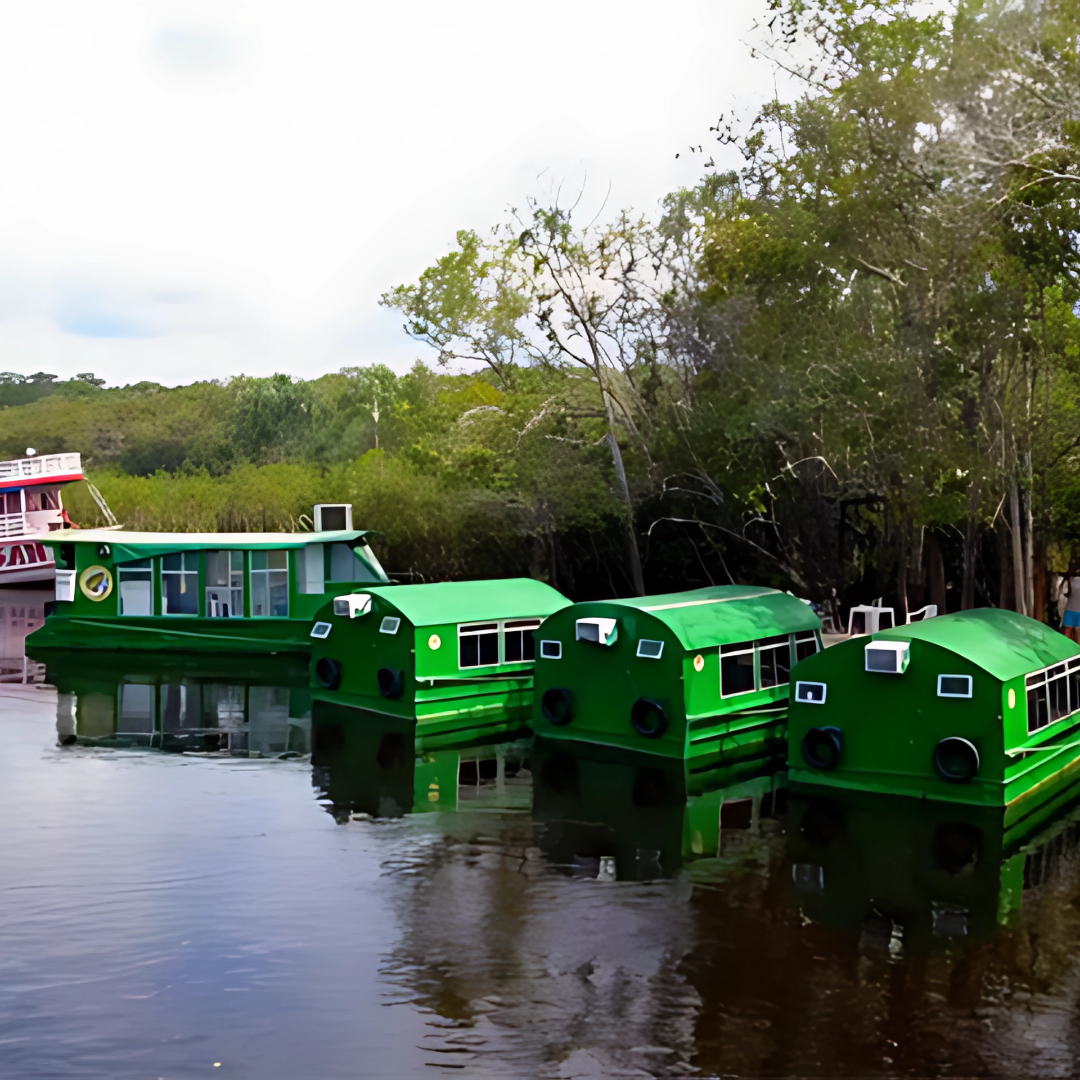
This trip provides a great chance at large peacock bass in an intimate jungle setting. These floating bungalows can take you to the most inaccessible headwaters regions.
Curicuriari | Brazil
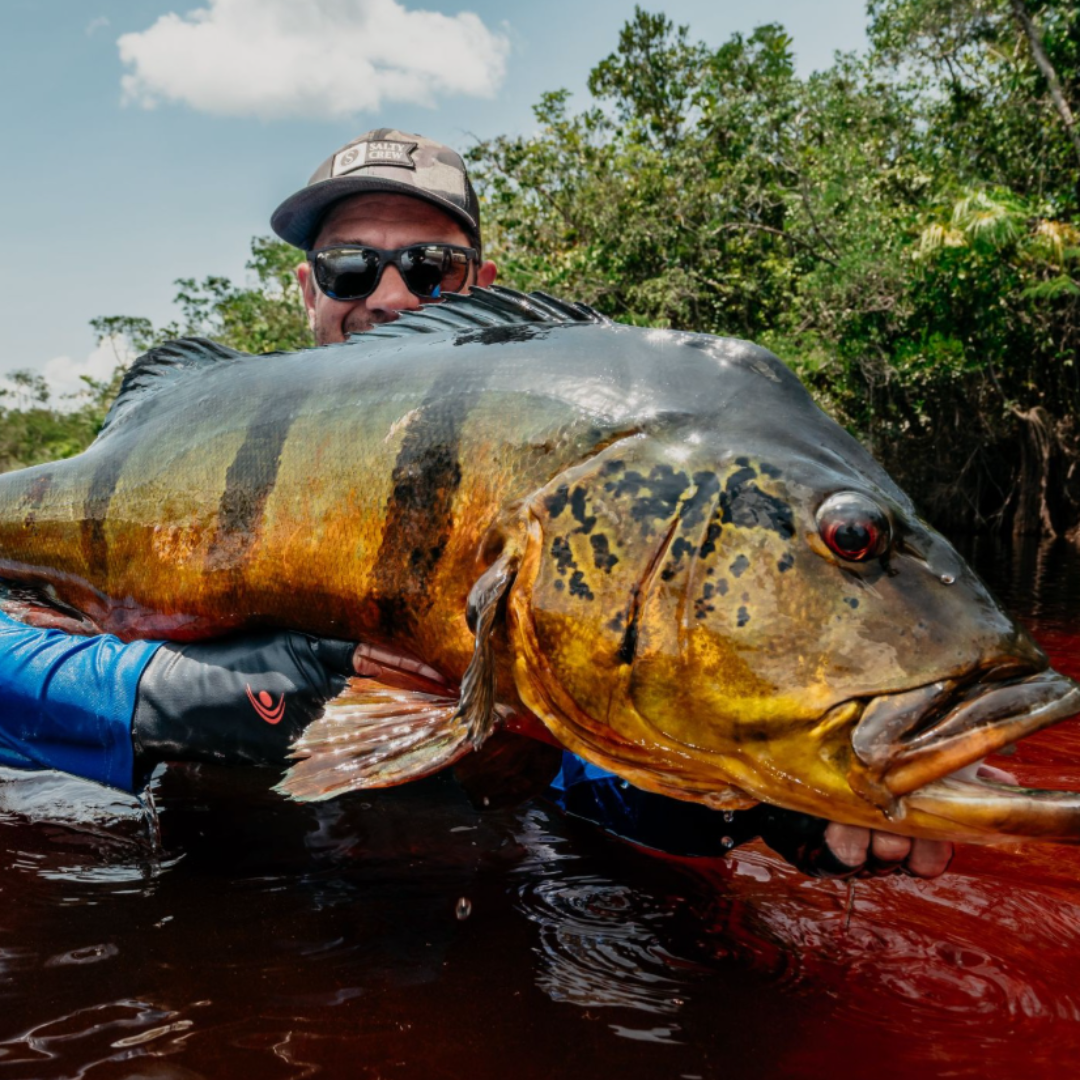
If you're hunting for a real shot at a world-record peacock bass, then this is the place for you. It's already been proven to be a world record class
fishery.
Payara & Multi-Species Focused Trips
Target a wide range of exotic species, including the fearsome payara, also known as the vampire fish. With their long, fang-like teeth and aggressive nature, payara are a top target for adventurous anglers. On our multi-species trips, you’ll also have the chance to catch piranha, bicuda, giant catfish, and more, all in one unforgettable expedition.
Xingu River | Brazil
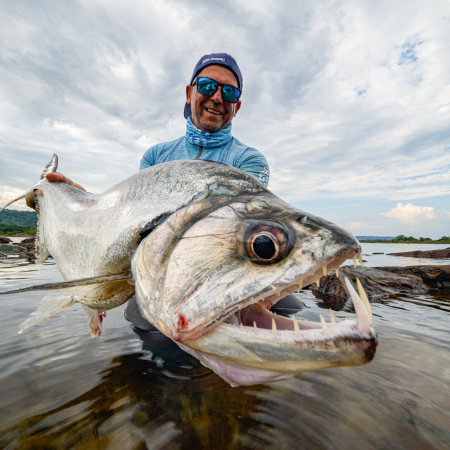
If you’re looking to catch a variety of fish species, then this is the trip for you. Enjoy the diversity of sport fish and the various fishing techniques used to catch them.
Rio Aripuana | Brazil
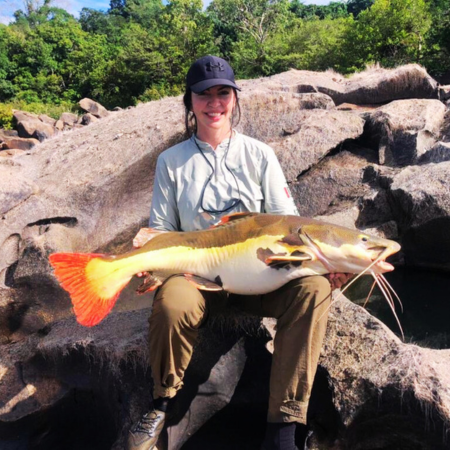
With two tributaries, two lakes, and access to the Aripuanã, you'll find diverse aquatic habitats, including creek mouths, rapids, eddies, and boulders, perfect for a variety of fish species.
Arapaima Focused Trips
Arapaima grow over 250 pounds. These giants are found in lagoons and slow brackish water. Their size and strength are incredible, and you will never forget the moment you start reeling in one of these Amazon beasts.
Arapaima Focused Trips
Private Waters | Brazil
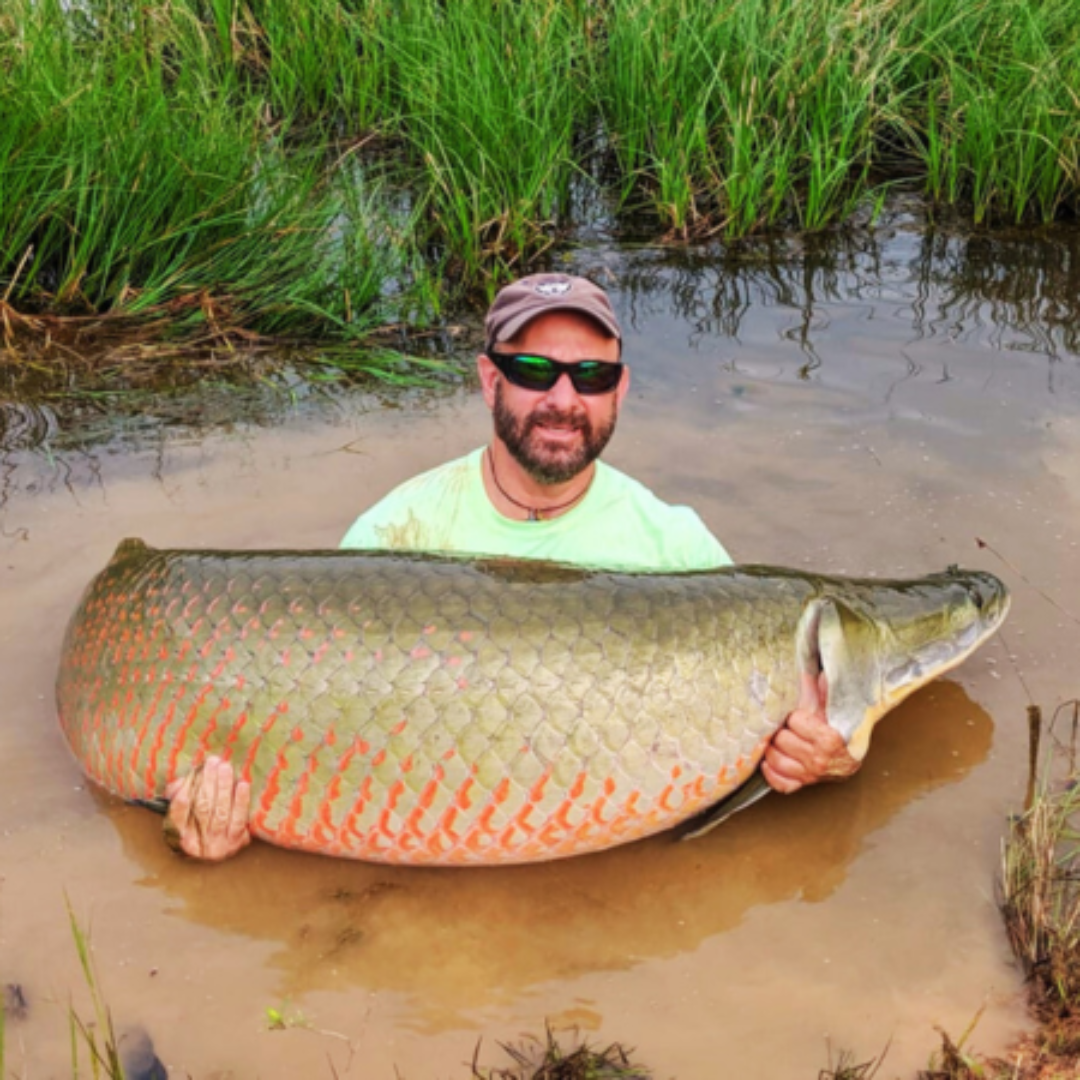
Arapaima can grow more than 200 pounds. These giants are found in lagoons and slow brackish water. Their size and strength are incredible, and you will never forget the moment you start reeling in one of these Amazon beasts.
Arapaima Focused Trips
Golden Dorado Focused Trips
Hunt for the hard-hitting golden dorado, a powerful, acrobatic predator known for its dazzling gold color and aggressive behavior. These apex freshwater fish are a bucket-list target for experienced anglers.
Paraná River | Argentina
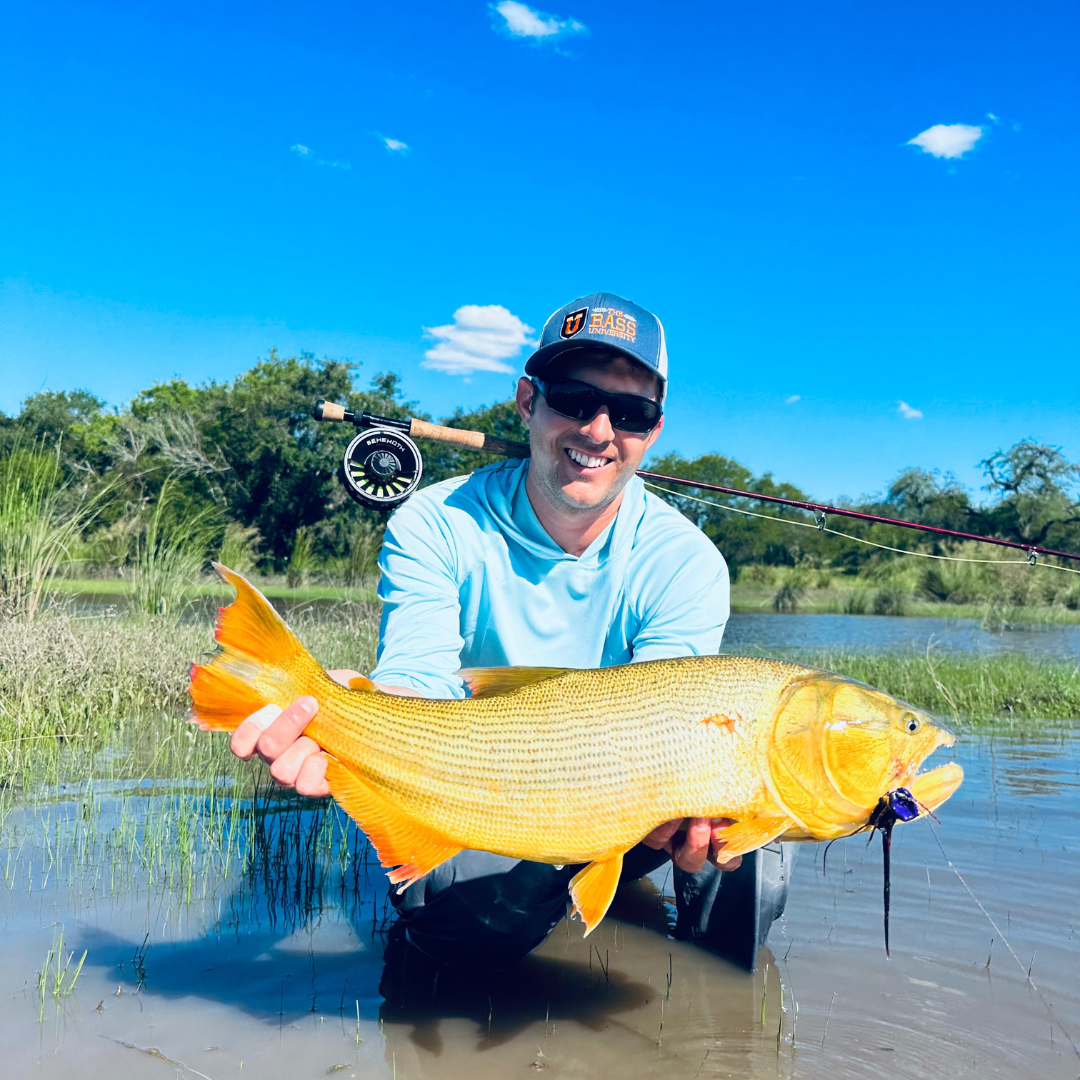
This fishery gives you multiple opportunities to catch Dorados. The lower Paraná is generally known as an area that delivers a high quantity of fish. When conditions are good anglers typically catch 10-30 dorados a day.
Arapaima Focused Trips
Arapaima Focused Trips
WHAT OUR ANGLERS HAVE TO SAY
Join Us: Get monthly newsletters, discount offers and new content notifications exclusively for our members. Join for FREE below with your name and email.
Join Us: Get monthly newsletters, discount offers and new content notifications exclusively for our members. Join for FREE below with your name and email.
Read Our Newest Blogs
Lorem ipsum dolor sit amet, consectetur adipiscing elit. Aliquam

Amazon Peacock Bass – The Ultimate Peacock Bass Fishing Experience in South America
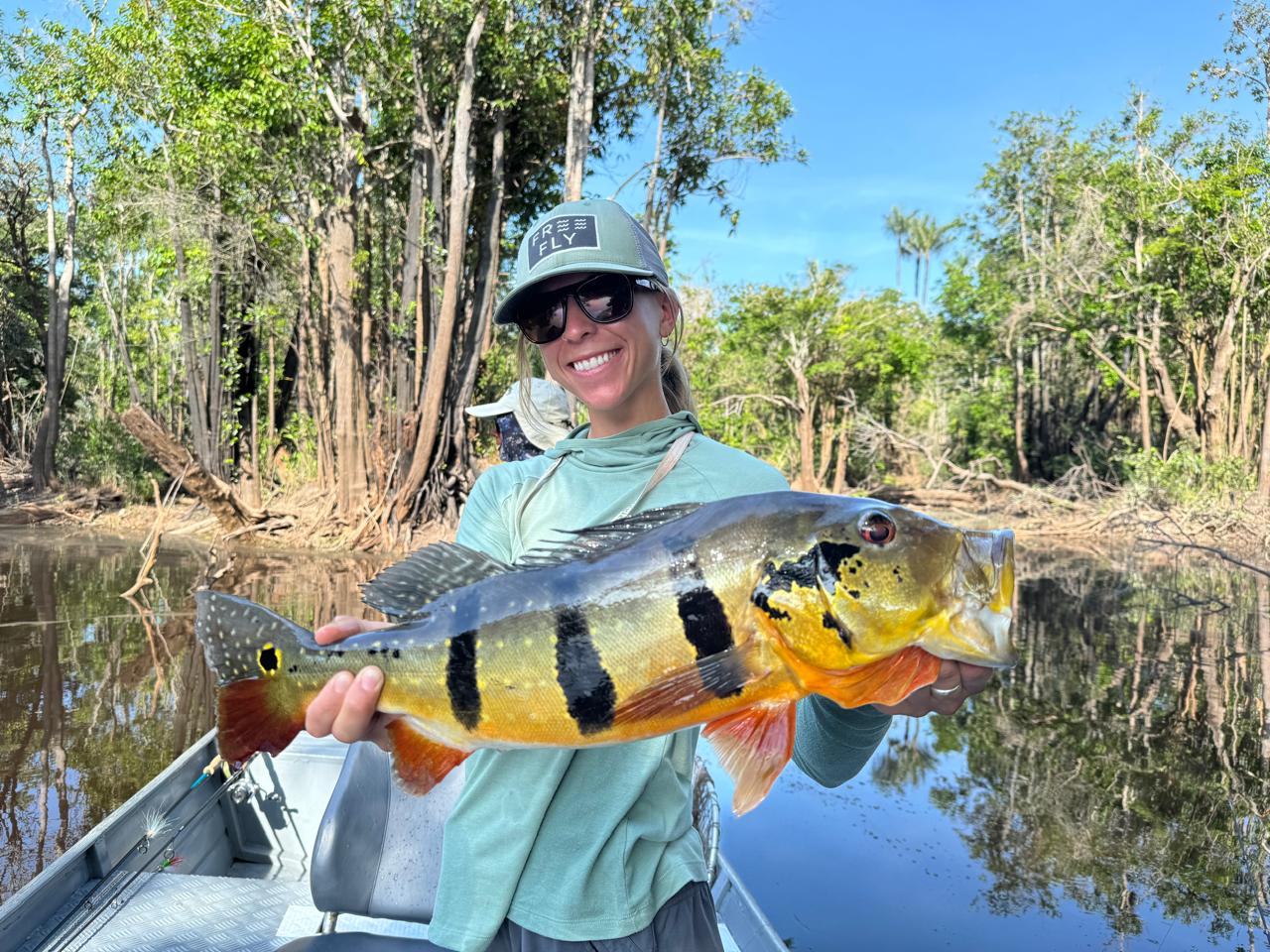
Peacock Bass (Cichla spp.)
Peacock bass is the common name for a group of large, bass-like gamefish native to tropical South America. Despite the name, they are not true bass (like largemouth or smallmouth), but instead belong to the genus Cichla, within the family Cichlidae—a diverse group of tropical fishes found across South America, Africa, Madagascar, and India. Recently, taxonomists reclassified the Cichlid family into a newly formed order, Cichliformes.
These peacock bass species are among the most sought-after sportfish in South America, renowned for their aggressive strikes, raw power, and topwater explosions. All species are temperature-sensitive tropical fish, although smaller varieties have been successfully introduced into subtropical environments from Panama to Hawaii. In the U.S., transplants from Guyana now thrive in freshwater canals across Miami and Dade County, Florida.
Significant variation exists in color and pattern across the different types of peacock bass, and confusion often arises from overlapping local and common names. Until 2006, only five distinct species were formally recognized. A taxonomic revision that year expanded the list to 15, greatly improving angler understanding of peacock bass species and identification. A sixteenth was described in 2019. In Brazil, they are known as tucunaré, while in Spanish-speaking countries, they are commonly called pavón.
With so many variations, it’s no surprise that anglers planning a peacock bass fishing South America trip often spend time learning about the different types of peacock bass they might encounter.
Four Species You’ll Likely Encounter on Our Brazil Peacock Bass Fishing Trips
Giant Peacock Bass – Cichla temensis
Popular Names: Speckled, Three-Barred, Açú, or Paca
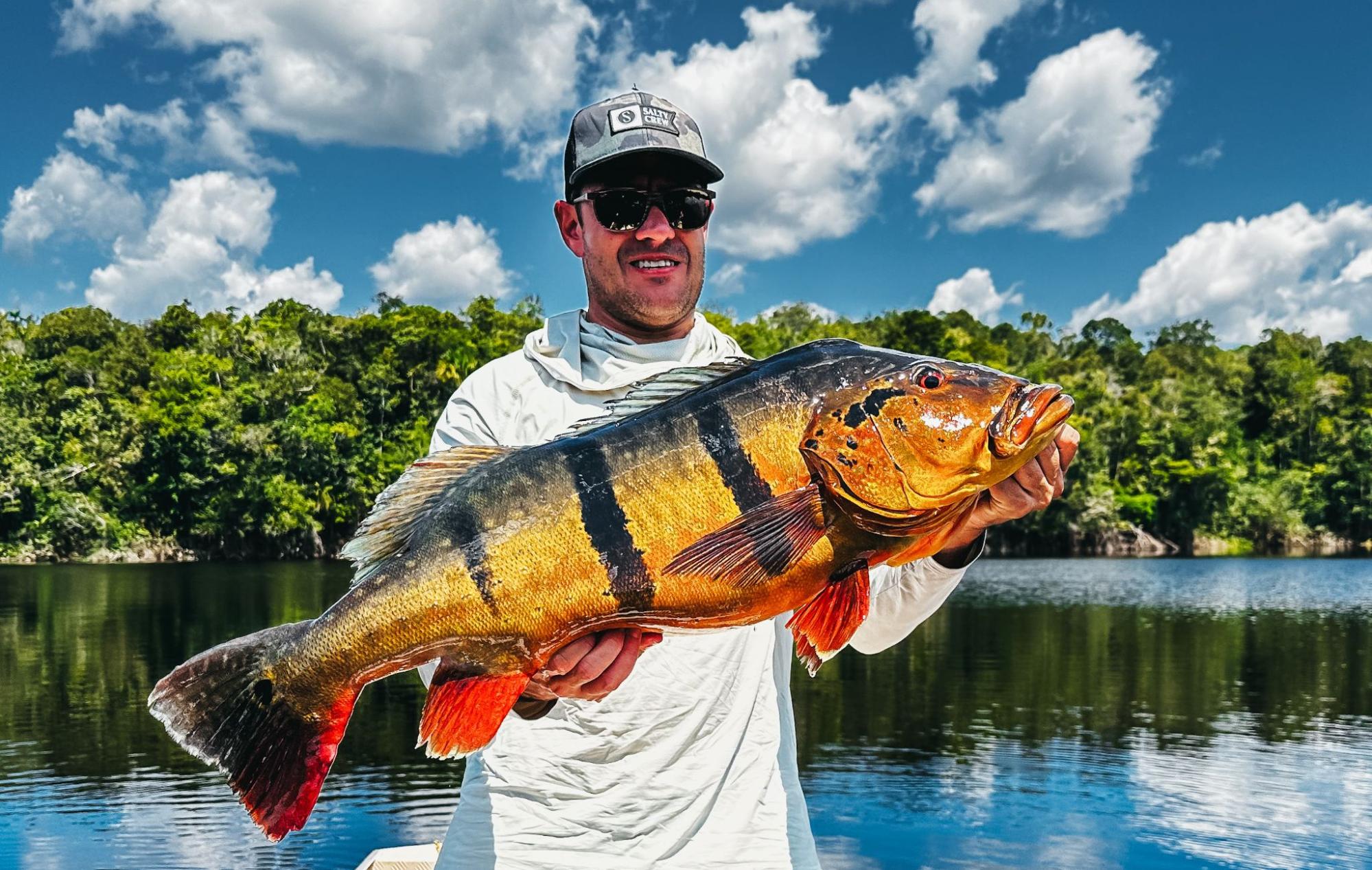
The largest and most coveted of all peacock bass species, Cichla temensis is the centerpiece of our big peacock bass expeditions in the Amazon. These giants can reach sizes exceeding 30 pounds and are the definitive target for anglers chasing a trophy peacock bass.
Like most wild fish populations, larger individuals are less abundant due to natural mortality, predation, and the demands of spawning—creating a population pyramid with fewer fish at the top end of the size scale.
Fish in the 2–7 lb range are most common, while 7–12 lb peacocks are regularly encountered. Fish between 13–19 lbs are less frequent, and true 20+ lb monsters are rare and revered. Landing one puts you among an elite group of anglers who have conquered the biggest peacock bass in the world.

Temensis can be difficult to identify due to its dramatic seasonal color and pattern changes tied to spawning cycles. The three hallmark vertical black bars—typically visible behind the pectoral fin and beneath the dorsal—may fade almost entirely when the temensis isn’t near spawning.
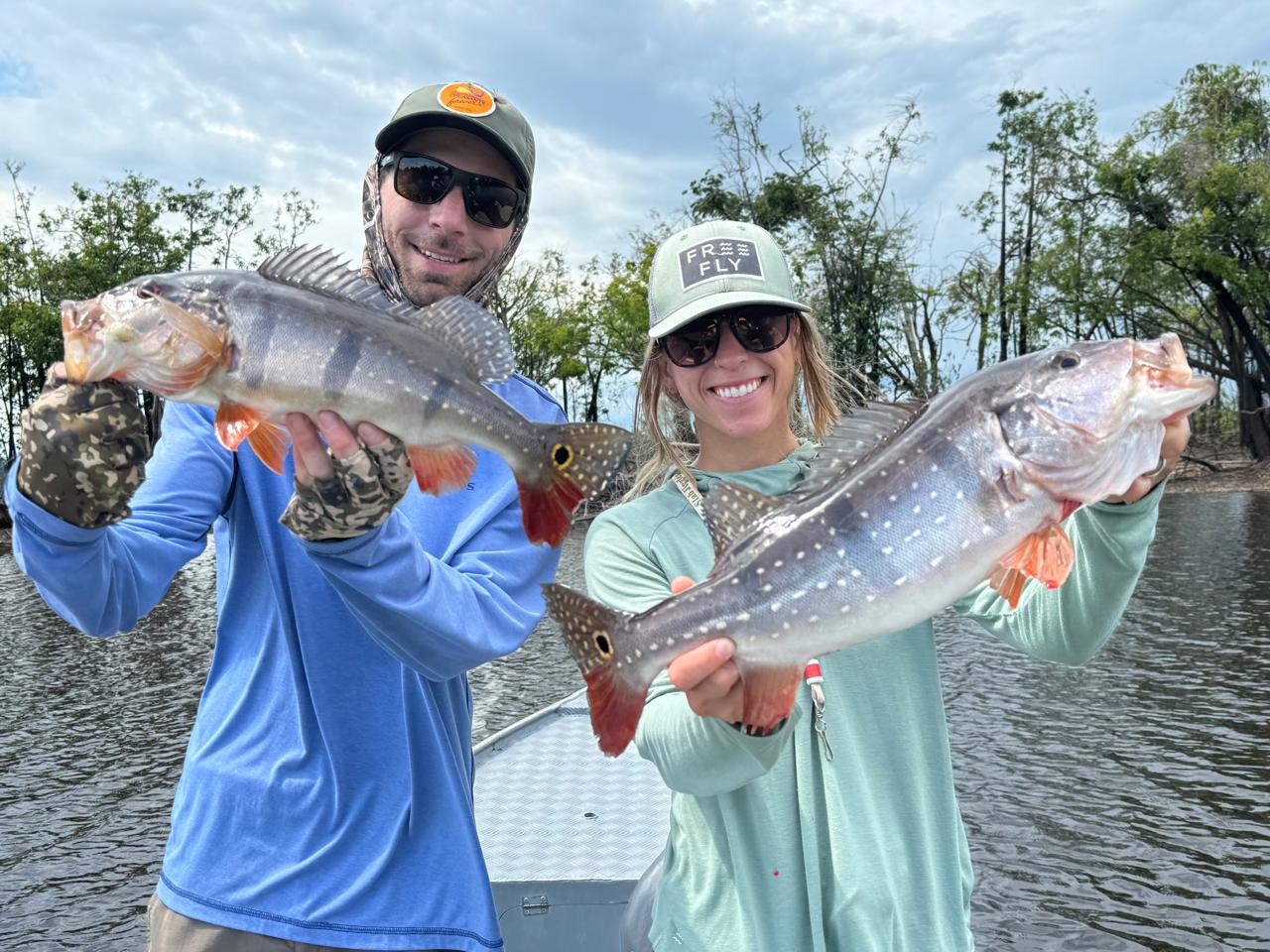
Non-spawning fish display horizontal white speckling across the upper body.
This species has not been widely or reliably established outside the Amazon Basin due to its high sensitivity to temperature fluctuations, though limited success has been noted in isolated controlled environments. It remains the most sought-after peacock bass Amazon trophy.
Butterfly Peacock – Cichla orinocensis
Popular Name: Borboleto
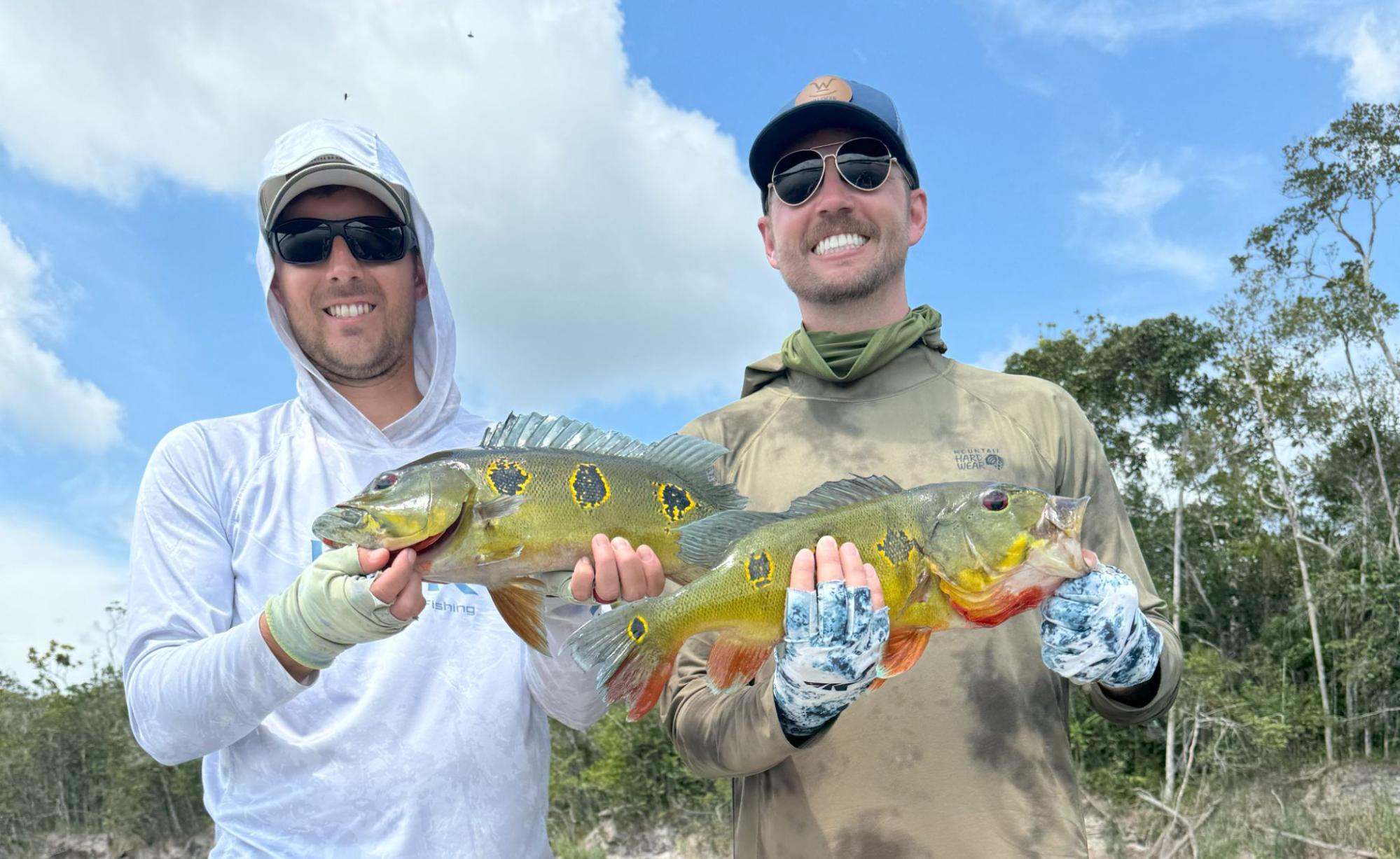
In Brazil, this energetic fighter is called borboleto—Portuguese for “butterfly.” It’s commonly found alongside C. temensis in the Rio Negro basin but prefers shallower, slower-moving waters.
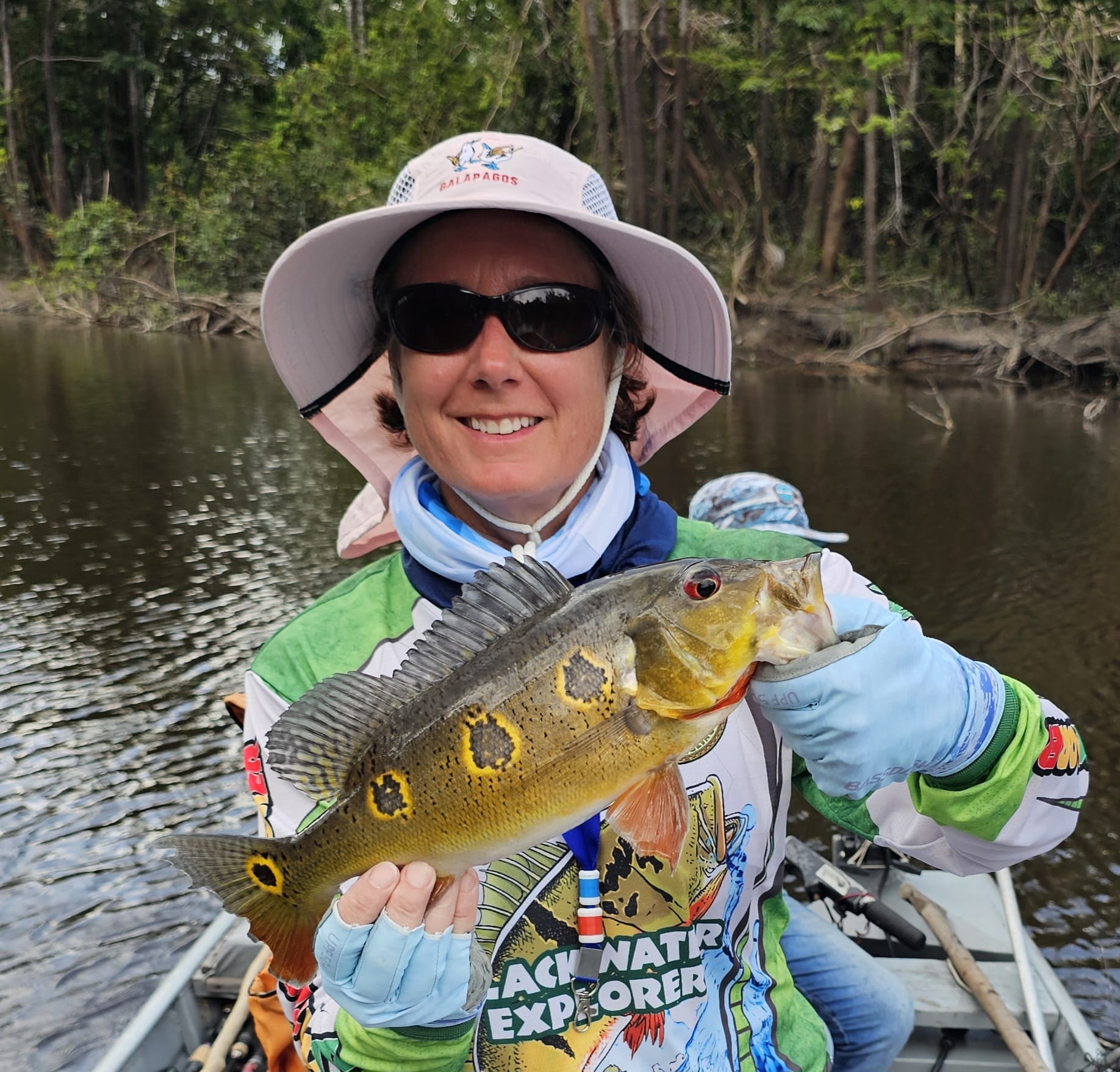
Easily identified by three black ocellated spots (instead of vertical bars), it lacks any opercular markings. Though smaller than its massive cousin, the butterfly peacock is a favorite among both conventional anglers and those fly fishing peacock bass. Most specimens range from 2–8 lbs but butterflies in 10-12 lb range have been caught by our anglers. Their aggression and accessibility make them ideal for first-time Amazon peacock bass fishing anglers seeking action and variety.
Brazil Butterfly Peacock Bass are not the same species as those stocked in Florida Canals.
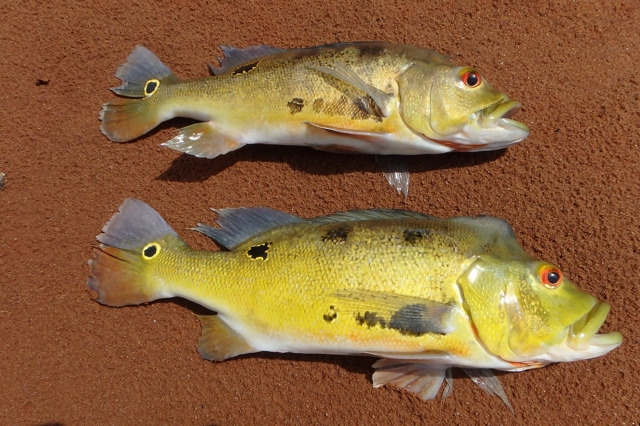
Image taken from: https://www.sciencedirect.com/topics/agricultural-and-biological-sciences/cichla-ocellaris
Note: In Florida, the “butterfly peacock” refers to a different species, Cichla ocellaris, introduced from Guyana. While they are peacock bass, they are very different from Amazon peacock bass. Cichla ocellaris typically features a black ocellus near the pectoral fin in addition to the tail spot and often displays a distinct abdominal bar. Its tolerance for cooler water allowed it to thrive in south Florida, though it is not found in the central Amazon lowlands.
Cichla monoculus
Popular Names: Red-Bellied Peacock, Popoca
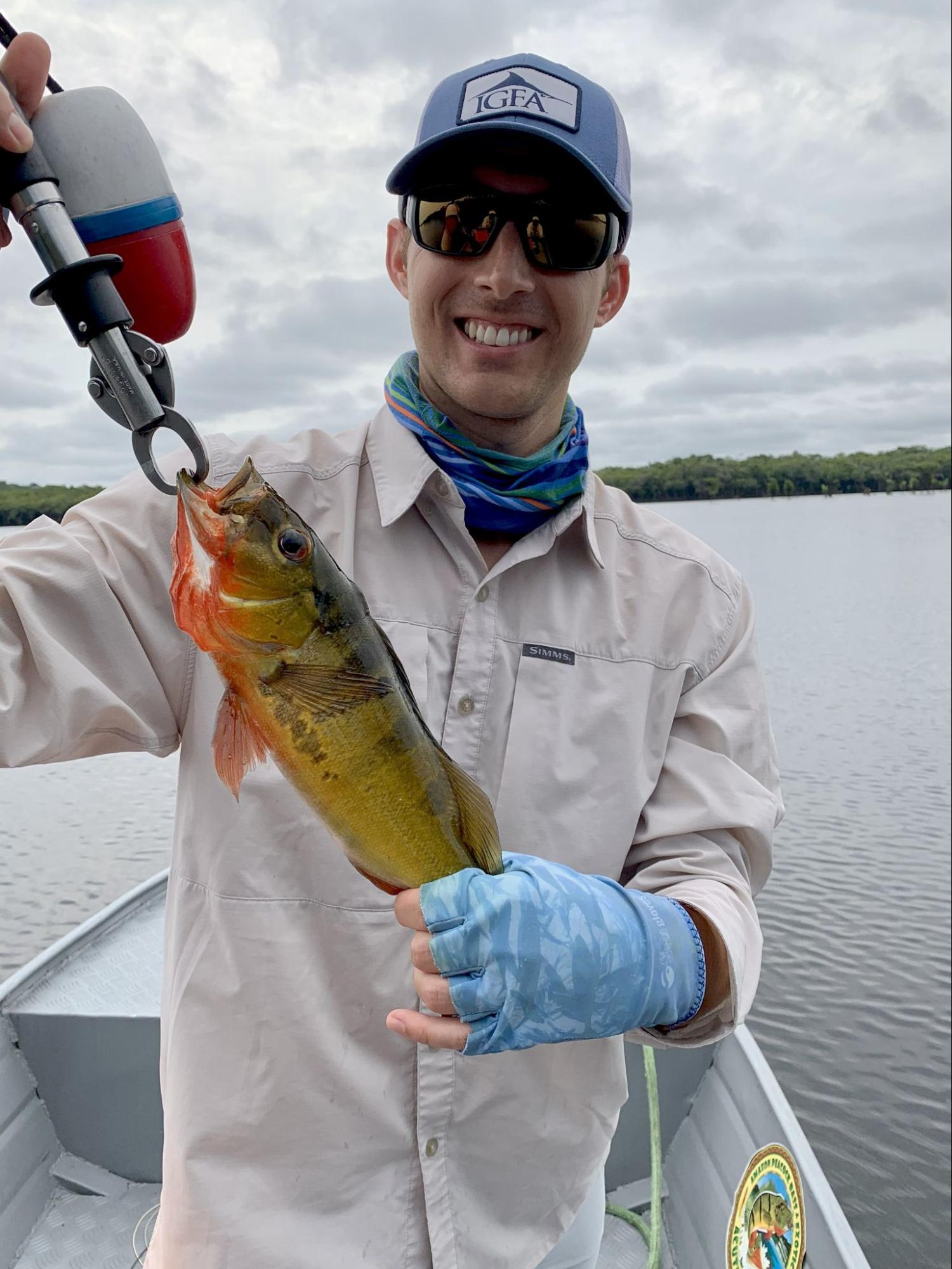
This species can also be caught in the Rio Negro and Maderia river basins. It is recognized by three stubby vertical bars, a blotchy lateral stripe, and a bright red belly—often making it the most vividly colored fish encountered.
C. monoculus typically patrols shoreline structures in search of small prey. Juveniles feed on shrimp, while adults are almost exclusively piscivorous. They generally top out around 5 lbs, though 10-pounders have been recorded. Their brilliant coloration and aggressive takes make them a favorite for anglers enjoying the full range of Amazon rainforest fishing.
Several other species of peacock bass can be encountered on our trips though none rival the sheer size of the giant Cichla temensis, but they still have very aggressive feeding behaviors.
Cichla melaniae
Popular Names: Melania’s Peacock, Xingu Peacock
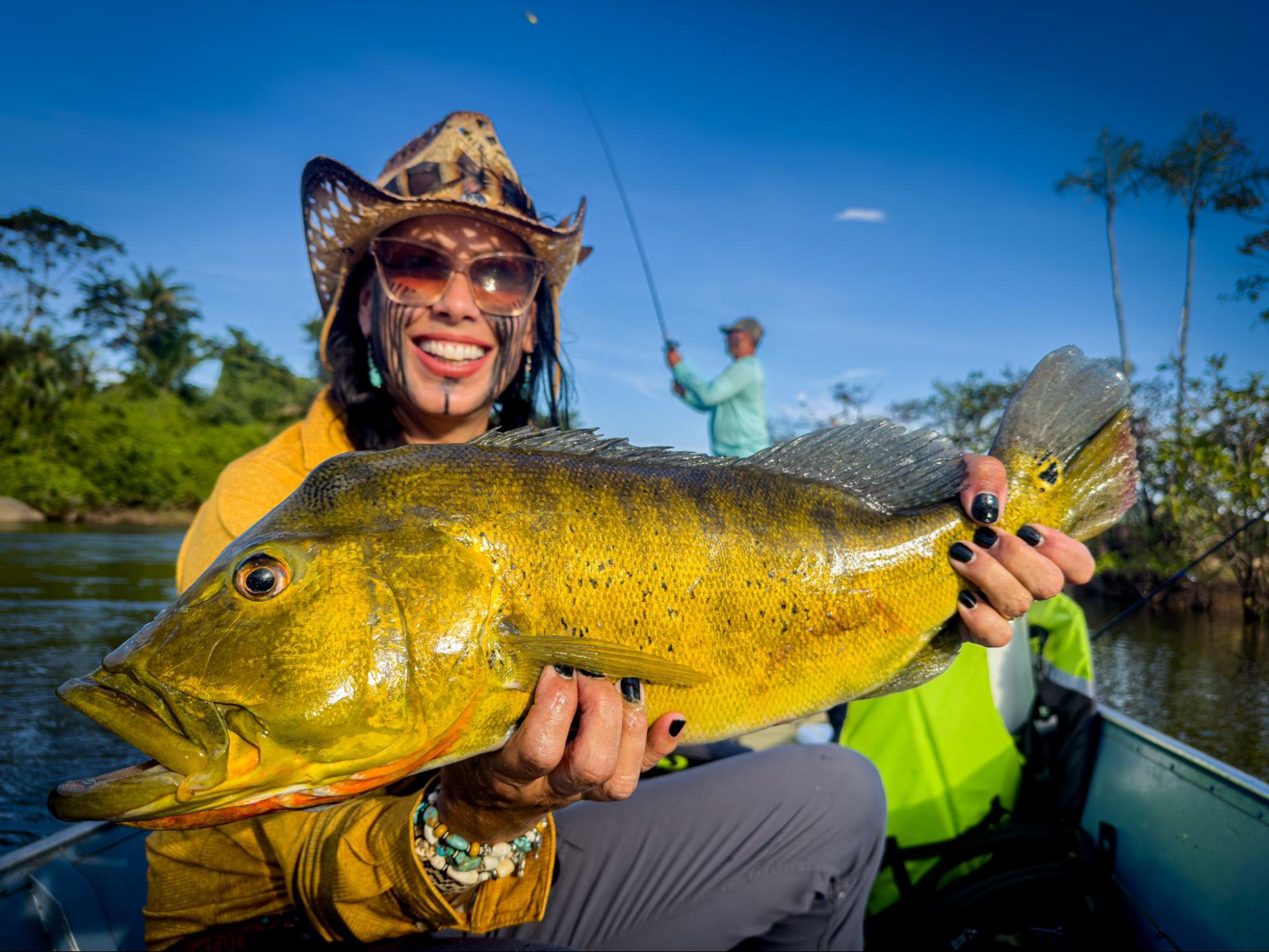
C. melaniae is native to the Xingu River Basin in Brazil. It’s easily recognized by its narrow vertical bars and scattered ocellated spots. Body coloration is golden with a bluish tint to the fins, especially in spawning fish.
These mid-sized fighters typically range from 3–8 lbs and are known for hitting crankbaits and jointed lures. Their unique appearance and fierce energy make them a standout on peacock bass adventures into less-traveled regions of the Amazon.
Cichla pinima
Popular Names: Pinima Peacock

C. pinima features a blockier shape than C. temensis, with three broken vertical bars, cheek markings, and speckled rows of white spots on juveniles. Found in clearwater rivers and along woody shorelines, these fish aggressively smash topwater and subsurface baits.

Though they rarely match the record peacock bass in size, specimens over 20 lbs have been reported. Pinima are strong fighters and a memorable catch on any South America peacock bass fishing adventure.
The Experience of Catching a Giant Peacock Bass
There’s nothing quite like the moment a giant peacock bass explodes on your lure. And if you’re lucky it will be a trophy peacock bass over 20 pounds. Photograph it, admire its beauty, and then release it gently. That flash of power as it swims away is a memory that stays with you forever.
When you return to your yacht, lodge, or floating bungalow, the stories begin. Go ahead and embellish a little—your fishing partners probably will too. Whether you're chasing the next peacock bass world record or simply reliving the thrill of landing a big peacock bass, one thing is certain: the Amazon delivers.
Other Species in the Amazon
While peacock bass are the primary focus of several of our trips, the Amazon hosts an incredible diversity of species that can be found on our multi-species destinations. Depending on the region, anglers may also hook into Amazon river catfish, including the massive piraiba (goliath catfish) and hard-fighting pirarara (redtail catfish), as well as matrinchão, pacú, pirapitinga, jacundá, traíra, apapá, tambaqui, arapaima (pirarucú), bicuda, piranha, aruanã, sorubim, trairão (wolfish), and pescada.
There are dozens of species that display unique physical beauty, impressive size, and fierce fighting capabilities. For those seeking the ultimate variety, our peacock bass fishing trips offer the opportunity to explore the full range of fish peacock bass and more on an unforgettable fishing in Brazil adventure.
Now join us on a peacock bass fishing adventure!
📧 (866) 832-2987

(866) 832-2987

